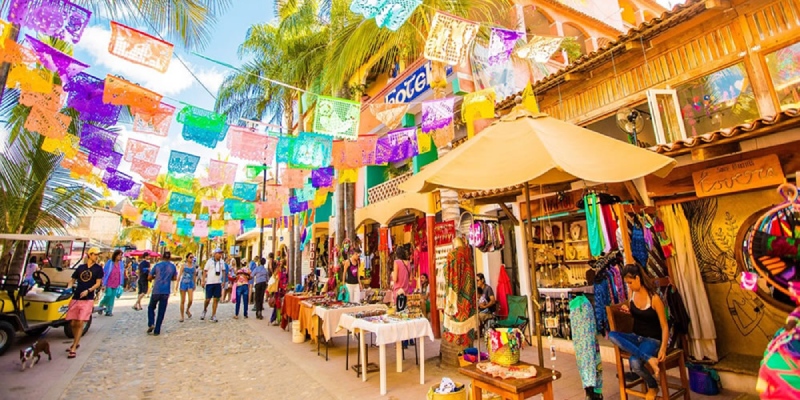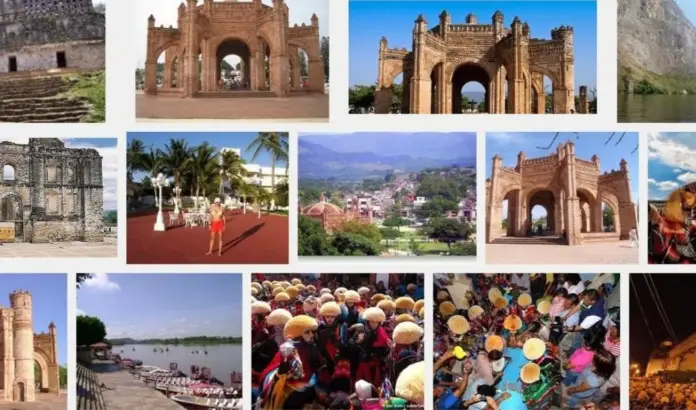Although they were conceived as tourist destinations that preserve their traditional essence, today they are also attractive hubs for the real estate market, both for those seeking a second home and for those planning long-term investments.
Today, there are 177 Pueblos Mágicos (Magical Towns) distributed across the 32 states of Mexico, and according to an analysis by Dinero.mx, these are the ten with the most expensive square meters in the country, where purchase and rental prices have reached levels that reflect the high demand and exclusivity of these areas.
The 10 Most Expensive Pueblos Mágicos (Magical Towns) per Square Meter in Mexico
Sayulita, Nayarit – $67,000 per square meter.
Tulum, Quintana Roo – $39,000 per square meter.
Valle de Bravo, State of Mexico – $37,000 per square meter.
Bacalar, Quintana Roo – $35,000 per square meter.
Ajijic, Jalisco – $32,500 per m².
Tepoztlán, Morelos – $27,000 per m².
Atlixco, Puebla – $20,000 per m².
Tequisquiapan, Querétaro – $21,000 per m².
Xochitepec, Morelos – $21,000 per m².
San Cristóbal de las Casas, Chiapas – $12,771 per m².
Why invest in Magical Towns with a mortgage?
According to Alejandro Sena, CEO of Dinero.mx, these destinations represent more than just a tourist attraction: They are a real estate investment opportunity with growth prospects, due to:
Increased capital gains guaranteed by sustained tourist interest.
Income potential through vacation rentals.
Quality of life for those seeking a place to retire or relax.
Continued public investment in infrastructure by local governments.
Portfolio diversification, especially for those seeking properties with cultural value and tourism potential.
The real estate market in the Magical Towns continues to rise, driven by interest from domestic and international buyers, the development of tourism infrastructure, and the consolidation of experiential tourism.
Although the costs may seem high, many see these properties as a way to preserve heritage and capitalize on them for the future.

Source: realstatemarket




